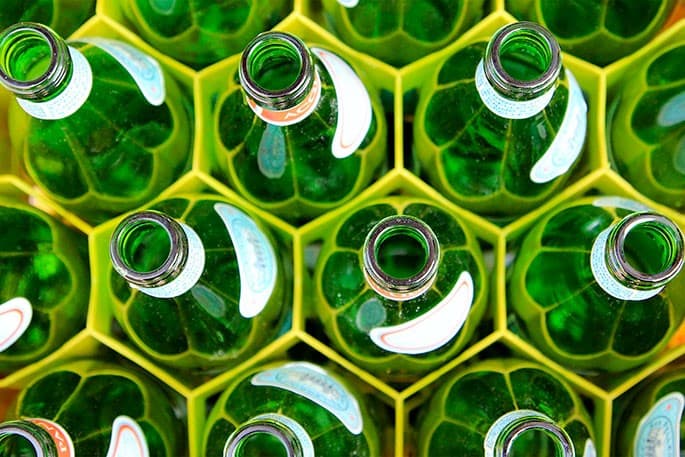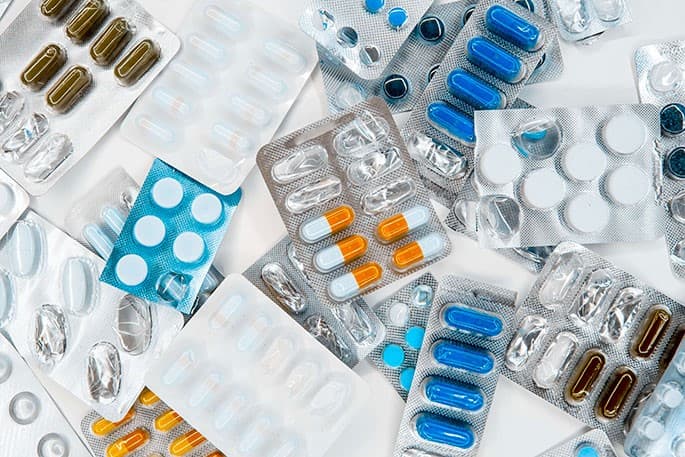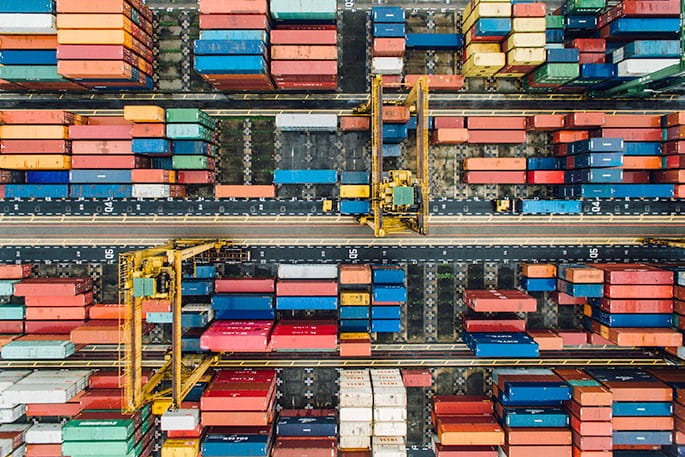The agri-food market
The agri-food sector is undergoing a major transformation, driven by mounting economic, social, regulatory, and environmental pressures. In a context of sustained inflation and volatile raw material prices, companies must demonstrate agility while fundamentally rethinking their production, distribution, and consumption models.
This transformation is also fueled by shifting consumer behaviors — more strategic and more demanding than ever. Their attention is no longer limited to taste or price: they seek healthy products made from simple ingredients, produced under environmentally and socially responsible conditions. The growing focus on “better eating” and “local consumption” also comes with a heightened demand for transparency.
To meet these expectations, manufacturers must now adopt new approaches. Ecological transition, energy efficiency, and the relocation of supply chains are no longer optional, but strategic priorities. Eco-design, particularly in packaging, exemplifies this shift: materials are evolving, formats are being reimagined, and recyclability is now considered from the product’s design stage. These efforts are supported — and sometimes accelerated — by regulatory frameworks, both national (AGEC law) and European (Green Deal, upcoming PPWR regulation). Meanwhile, technological innovations such as automation, AI, and digitalization are reshaping production processes, offering solutions for greater efficiency and sustainability.

The liquid and beverage market
The beverage sector is currently one of the most innovative. In response to increasingly demanding consumers eager for new trends, it faces fierce competition. This heightened rivalry stems from the arrival of new beverage categories on the global market: fermented drinks, functional beverages, flavored waters, and more. Companies must therefore reinvent existing products or innovate, all while managing the challenge of product life cycles.
In this context, the search for sustainable alternatives to single-use packaging has become essential. Packaging choices in this industry now rely on several key criteria: reducing environmental impact, optimizing design and format, and minimizing costs. In the era of the circular economy, reusable and recyclable packaging is increasingly favored. All liquid packaging — for beverages, cosmetics, hygiene, or pharmaceutical products — is evolving to meet new sustainability requirements.

The beauty and hygiene market
The global beauty and hygiene market is expected to generate USD 677.19 billion in 2025 and grow at a compound annual growth rate (CAGR) of 3.37% between 2025 and 2030. This economic dynamism is reflected in a race toward innovation and massive R&D investments. The industry is being reshaped by growing consumer expectations for products that are more effective, safer, and more sustainable, while also meeting the highest ethical production standards.
Global population growth represents an almost limitless consumer base, while evolving lifestyles — particularly the rise of male cosmetic consumption, the influence of beauty content creators, and the popularity of new trends such as clean beauty and sustainability — continue to expand market penetration.

The pharmaceutical and healthcare market
In 2023, the global pharmaceutical market reached USD 1.607 trillion in revenue — an 8.2% increase compared with 2022. This strong growth is largely driven by the aging population and the rising prevalence of chronic diseases.
It is also fueled by the surge in innovative medicines: the biotechnology revolution, the development of generic drugs, and the strengthening of international patent regulations are reshaping the sector.
These changes have led to a transformation in production models. In healthcare, packaging is far more than a “container”: it ensures sterility, integrity, traceability, and the safe use of medicines and medical devices.
Key market trends include:
- Pharmaceutical packaging regulations under the PPWR framework by 2030
- Population aging and the rise of chronic diseases
- Shortage of healthcare professionals and limited access to specialist appointments
- Growing focus on mental health
- The rise of digital health: telemedicine, AI, and digital medical records

The industrial goods market
Representing 26% of global GDP in 2024, industrial goods production remains a cornerstone of the global economy, despite a steady decline in overall output in recent years. In this strategic market, China continues to play a leading role, with industrial production up by 6.8% in June 2025 compared with the same month the previous year — a rate comparable to that of the Americas and slightly below Europe.
Like many industries, the manufacturing sector is directly impacted by the digital revolution while also addressing ecological transition goals. With increasingly automated production and distribution chains, the challenge now lies in reducing the environmental footprint of machines that operate around the clock, as well as the broader impact of mass production. Digital tools and artificial intelligence — increasingly relied upon for their measurement, analysis, and control capabilities — are now at the heart of market transformation.

The consumer goods market
In 2023, global household final consumption expenditures reached USD 62.35 trillion, representing more than half of global GDP (61%). This highlights the immense weight of this sector in the world economy, despite recent slowdowns in some regions. Globalization and rising household incomes in many countries continue to expand the consumer goods market.
The growth of e-commerce, reinforced by omnichannel strategies, is extending the distance between factories and end consumers. These new dynamics are pushing companies to innovate and adopt new solutions, particularly to address environmental challenges.

The retail and e-commerce market


